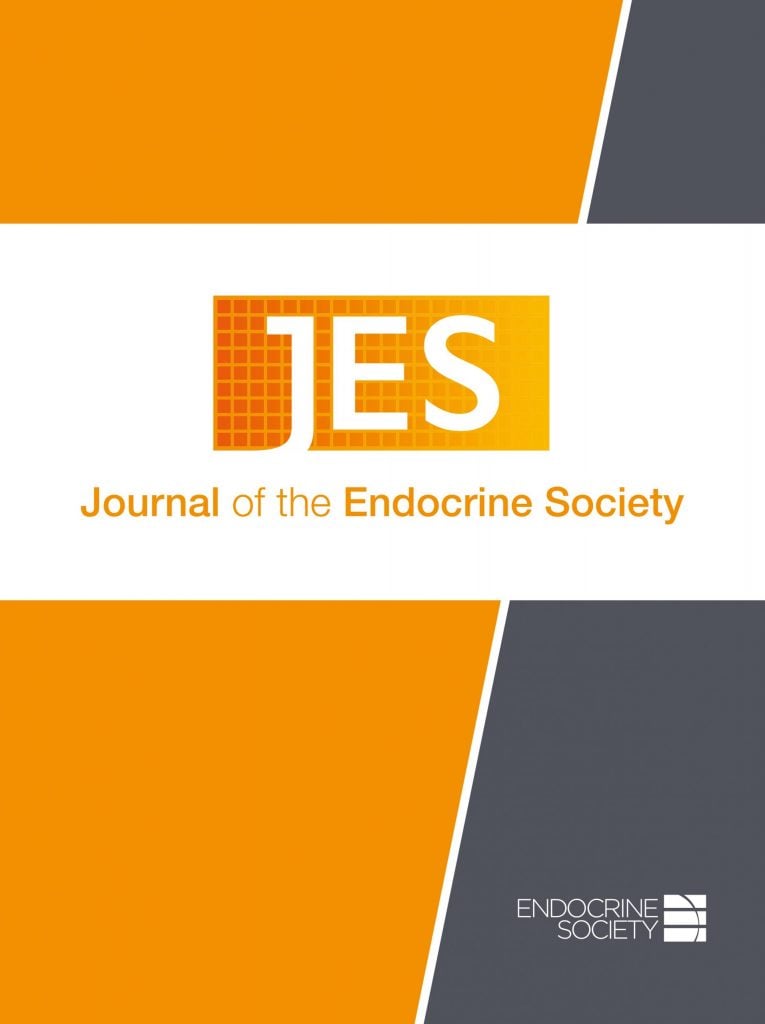
A new study has found that bone marrow fat content, as measured by advanced imaging techniques, does not predict the risk of fractures in postmenopausal women. The findings, recently published in The Journal of the Endocrine Society, challenge the idea that bone marrow adipose tissue (BMAT) plays a significant role in fracture susceptibility and suggest that other factors, such as prior osteoporotic fractures, may be more relevant in assessing future fracture risk.
As women age, their risk of osteoporosis-related fractures increases. Recent advancements in magnetic resonance imaging (MRI) and proton density fat fraction (PDFF) measurements have made it possible to assess bone marrow adipose tissue (BMAT) noninvasively. BMAT is unique in that it is the only tissue where fat cells and bone cells are located next to each other. Some researchers have speculated that increased BMAT could weaken bones and contribute to fractures, but evidence supporting this idea has been limited.
“Most fractures occur in individuals who have not been diagnosed with osteoporosis by [bone mass density] screening and have few risk factors. Enhanced methods for identifying individuals with the greatest risk for fracture would enable the treatment of patients who would likely have the most favorable benefit-to-risk profiles, ultimately reducing the burden of fractures,” the authors write in “Marrow Adiposity Content and Composition Are Not Associated With Incident Fragility Fractures in Postmenopausal Women: The ADIMOS Fracture Study.”
To investigate this potential link, researchers conducted a longitudinal study involving 195 postmenopausal women. Participants were divided into two groups: one with a history of osteoporotic fractures within the past year and another with osteoarthritis but no fractures. The researchers used water-fat imaging (WFI) to measure PDFF levels in the lumbar spine and proximal femur — two key areas associated with bone strength. They also recorded new fractures over an average follow-up period of three years.
Clinical risk factors such as previous fractures, bone mineral density, and overall bone quality remain more reliable indicators of fracture risk, reinforcing the importance of early intervention and monitoring for women at risk.
The study revealed that bone marrow fat levels were higher at the femoral head (90.0%) compared to the lumbar spine (57.8%), but these levels did not correlate with the likelihood of experiencing a future fracture. Although bone marrow fat was not an indicator of fractures, the study verified that a history of recent osteoporotic fractures was significantly associated with an increased risk of future fractures. This finding aligns with previous research emphasizing that women who have already experienced an osteoporotic fracture are at a much higher risk of subsequent fractures.
These findings suggest that bone marrow fat measurements may not be useful as a standalone tool for fracture risk assessment in postmenopausal women. Instead, clinical risk factors such as previous fractures, bone mineral density, and overall bone quality remain more reliable indicators of fracture risk, reinforcing the importance of early intervention and monitoring for women at risk. The study’s authors emphasize the need for larger studies with longer follow-up periods to further explore the relationship between bone marrow fat and bone health. Future research may also investigate whether other factors, such as inflammation or metabolic changes, contribute to fracture risk in postmenopausal women.

